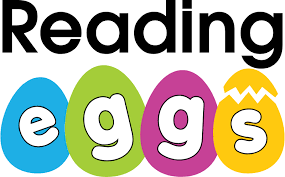Find the right fit for every learner
Explore our catalog of courses and educational resources. From core subjects to creative pursuits, build a personalized learning plan that works for your family.
Ready to explore? Choose your grade level below.












Thank you! Your submission has been received!
Oops! Something went wrong while submitting the form.

